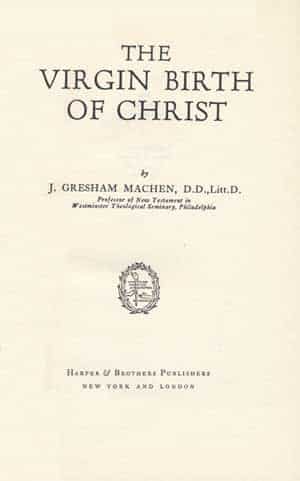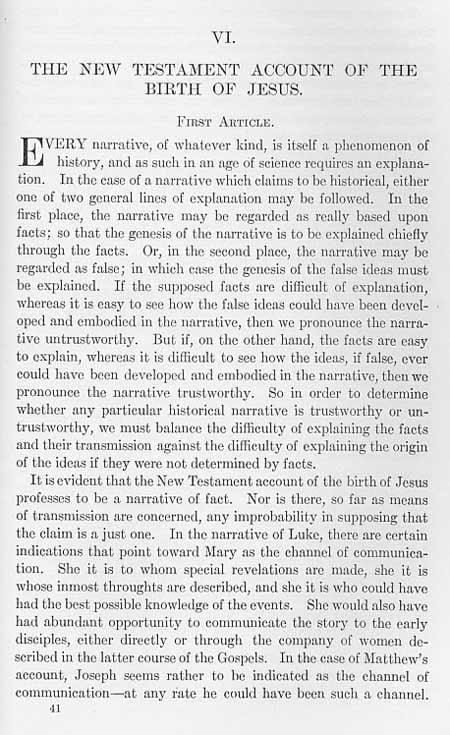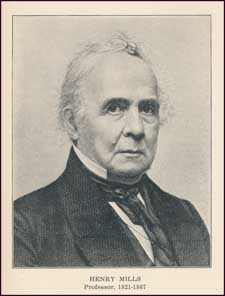The Gospel, for All Peoples, Everywhere.
by Rev. David T. Myers
We are privileged to have as our guest author this day John Knox . . . yes, that John Knox . . . of sixteenth century Scotland. Writing in chapter 2 of his History of the Reformation of Religion in Scotland, the Protestant and Presbyterian Reformer of Scotland describes for us the beginnings of “the People’s Bible” on pages 37 and following. It was the day when the Scriptures of the Old and New Testaments in English were made available to the masses, instead of only been printed in Latin and chained to ancient churches of the realm. Knox writes:
“Men began to inquire, if it were not as lawful to men that understood no Latin to use the Word of their Salvation in the tongue (i.e. language) they understood, as it was for Latin men to have it in Latin, and Grecians to Hebrews in their languages. It was answered, that the Kirk had forbidden all kinds of languages but these three, Hebrew, Greek, and Latin. But men demanded when that inhibition was given, and what Council had ordained it, considering that in the days of Chrysostom, he complained that the people used not the psalms, and other Holy Books, in their own languages? And if you say they were Greeks, and understood the Greek language, we answer that CHRIST JESUS HAS COMMANDED HIS WORD TO BE PREACHED TO ALL NATIONS. Now if it ought to be preached to all nations, it must be preached in the language they understand; and if it be lawful to preach it, and to hear it preached in all languages, why shall it not be lawful to read it, and to hear it read in all languages, to the end that the people may ‘try the spirits,’ according to the commandment of the Apostle?
“(After further discussion) the conclusion was ‘by Act of Parliament (15th March 1543) ‘it was made free to all men and women to read the Scriptures in their own language, or in the English language, and so were all Acts made in contrary abolished.’
“This was no small victory of Christ Jesus, fighting against the conjured enemies of his Verity, no small comfort to such as before were holden in such bondage . . . “
Words to Live By: If we are indeed in that period of our history which is being called post-Christian, where the Biblical principles of ethics can no longer be assumed to be believed and practiced, then it is imperative to have a new emphasis on Bible memorization by all Christian people, young and old alike. Question: if your Bible was taken away, labeled perhaps as a terrorist book, by the authorities, how much of it could you quote to the edification of your souls, your family’s growth in Christian faith and living, to say nothing of your fellow Christians, and the world at large?
PART II of Today’s Post:
To Treasure that Which Cost So Many Lives and Dear
Reinforcing the above account, the following anecdote in found on the pages of The Charleston Observer on this same date, 15 March, in 1834 (vol. 8, no. 2, page 41, columns 4-5) :—
THE OLDEST ENGLISH BIBLE.
[now preserved at the British Library as “Egerton 617”]
Anecdote of Dr. Adam Clarke.
During his first three years’ residence in London, (from 1795 to 1798,) Dr. Adam Clarke, amidst all his labors, began to amass that choice and valuable library which eventually became second to few private collections in the kingdom. He was eminently skilful in matters of bibliography–as indeed his published works abundantly show–and he spared neither labor nor expense in seeking out and getting possession of literary treasures. One of the literary purchases which Dr. Clarke made during his first London residence deserves to be particularly mentioned, more especially as this propitious acquisition was the nest-egg of his future library, and no doubt greatly influenced that book collecting propensity of which it was itself in part the fruit. The valuable biblical acquisition to which we have alluded, is thus noticed by his biographer.—London Chr. Obs.
“On the publication of the catalogue of the library of the Rev. Mr. Fell, Principal of the Dissenting College at Hackney, Mr. Clarke observed advertised “A black letter Bible.” The day fixed for the sale happening to be on what was termed among the Methodists a quarterly meeting day, which is a time appointed by that body for the adjustment of their accounts, &c., &c., and which required his personal attendance during the very hours of sale; he therefore desired his friend and bookseller, Mr. William Baynes, to attend the auction, and purchase for him ‘the black-letter Bible, if it went any thing in reason;’ he did so, the book was put up, and Baynes had only one competitor, and on a trifling advance, on a moderate last bid, it was knocked down to the bookseller. On inquiry Mr. Baynes found that his opponent was by trade a gold-beater, and that he had bid for the book merely on account of the skins on which it was written, and as soon as he had gone to the extent of their value for the purpose of his calling, he had given up the contest; hence the trifling advanced secured its higher destiny and better fate.
“When Mr. Clarke had concluded the quarterly meeting, he went from the City Road, where it was held, to Paternoster Row, to inquire after the chances of the auction; he found that the book he desired was secured, and on the slightest examination discovered that it was indeed ‘a black-letter Bible,’ but of so ancient a date as to constitute it a great literary treasure; he had it immediately packed up in a parcel (and it made no small dimensions, being an hundred weight) and putting it on his shoulder, walked beneath his burden to his own house in Spitalfields. [Ed.: a distance of about 18 miles!] He lost no time in making a more minute examination of his purchase, the result of which he has inserted with his own hand in the flyleaf.
‘This Bible, the first translated into the English language, and evidently, from the orthography and diction, the oldest copy of that translation, was once the property of Thomas A. Woodstock, youngest son of Edward III, King of England, and brother to Edward the black prince and John of Gaunt. Thomas A. Woodstock was born in 1355, and was supposed to have been smothered between two beds; or others say, causelessly beheaded at Calais, Sept. 8, 1397, in the 42d year of his age, by Thomas Mowbray, Earl Marshall of England, at the instance of his nephew, King Richard II. His arms appear on the shield at the top of the first page, and are the same as those on his monument in Westminster Abbey. In many respects the language of this MS. is older than that found in most of those copies which go under the name of John Wiclif. This MS. was once in the possession of the celebrated Dr. John Hunter. It was found in a most shattered condition, and from the hay and bits of mortar that were in it, leads to this most natural conclusion, that it had been hid, probably during the Maryan persecution, in stacks of hay, and at other times built up in walls, and not unfrequently, it would appear, that it had been secreted under ground, as was evinced from the decayed state of many of its pages, especially the early ones.
(Signed) Adam Clarke.
Again we say, hide the Word of God in your heart.
[To read the British Museum’s description of this black letter Bible, and to view a presentation of selected images, click here.]



